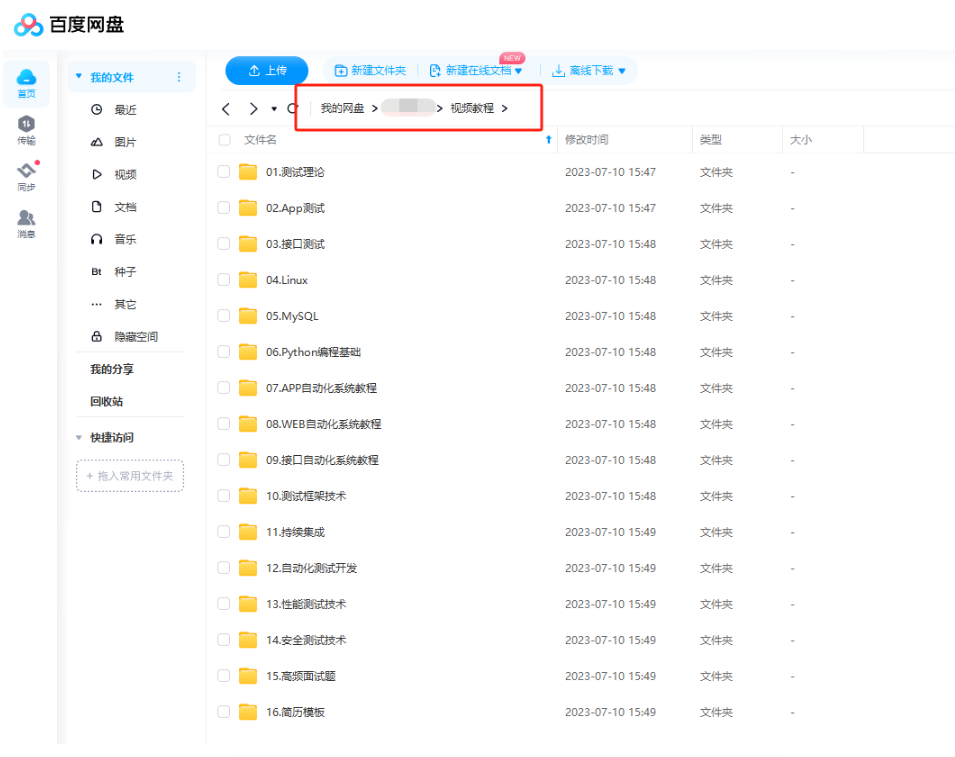python接口测试的原理,就不解释了,百度一大堆。
先看目录,可能这个框架比较简单,但是麻雀虽小五脏俱全。

各个文件夹下的文件如下:

一.理清思路
我这个自动化框架要实现什么
1.从excel里面提取测试用例
2.测试报告的输出,并且测试报告得包括执行的测试用例的数量、成功的数量、失败的数量以及哪条成功了,失败的是哪一个,失败的原因是什么;测试结果的总体情况通过图表来表示。
3.测试报告用什么形式输出,excel,还是html,还是其他的,这里我选择了excel
4.配置文件需要配置什么东西
5.哪些东西可以放入公共函数直接调用。
好的这些思路理清楚之后就可以动手了。
二.首先是配置文件和excel测试用例的设计
数据与代码分离,也就是数据性的需要作为配置文件可以随时修改。如:接口url,网站登录权限验证信息,数据库信息。全部存入config文件夹下
下面是具体的配置文件信息:
API_url.txt
| 1 2 3 4 5 |
|
Authorization.txt
| 1 |
|
我的测试用例的设计如下:
notes是测试用例摘要。

三.公共函数存在common文件夹下
get_authorization.py
| 1 2 3 4 5 6 |
|
public.py
| 1 2 3 4 5 6 7 8 9 10 11 12 13 14 15 16 17 18 19 20 21 22 23 24 25 26 27 28 29 30 31 32 33 34 35 36 37 38 39 40 41 42 43 44 45 46 47 48 49 50 51 52 53 54 55 56 57 58 59 60 61 |
|
四.测试用例的编写
test_inserthouse.py
| 1 2 3 4 5 6 7 8 9 10 11 12 13 14 15 16 17 18 19 20 21 22 23 24 25 26 27 28 29 30 31 32 33 34 35 36 37 38 39 40 41 42 43 44 45 46 47 48 49 50 51 52 53 54 55 56 57 58 59 60 61 62 |
|
test_updatehouse.py
| 1 2 3 4 5 6 7 8 9 10 11 12 13 14 15 16 17 18 19 20 21 22 23 24 25 26 27 28 29 30 31 32 33 34 35 36 37 38 39 40 41 42 43 44 45 46 47 48 49 50 51 52 53 54 55 56 57 58 |
|
五.通过对公共函数、测试用例的设计联合的思考应该在执行文件里面做什么,实现什么。
本来我想将执行文件单独放置于HDapi-auto-test的根文件下的,可是将测试通过与不通过的数量写入到测试报告里面,就必须要调用公共函数的方法,由于放置在根文件夹下与公共函数隔了一个文件夹无法调用( 本鸟不会调用),所以不得不将执行文件放置于测试用例文件夹下了,好在文件名还是比较好区分也比较好寻找,另外我还想加上自动发送邮件的功能,这里不写了,其实发送邮件很简单随便找几个例子就OK了,ps:代码比较low,都没有封装,直接暴力简单执行。代码如下:
| 1 2 3 4 5 6 7 8 9 10 11 12 13 14 15 16 17 18 19 20 21 22 23 24 25 26 27 28 29 30 31 32 33 34 |
|
六.奉上测试报告输出
本来想将生成的图片放进excel测试报告里面的,奈何能力有限,没办法将图片放进去,智能单独存为一个png文件了
图表总览:

excel测试报告情况:

现在我也找了很多测试的朋友,做了一个分享技术的交流群,共享了很多我们收集的技术文档和视频教程。
如果你不想再体验自学时找不到资源,没人解答问题,坚持几天便放弃的感受
可以加入我们一起交流。而且还有很多在自动化,性能,安全,测试开发等等方面有一定建树的技术大牛
分享他们的经验,还会分享很多直播讲座和技术沙龙
可以免费学习!划重点!开源的!!!
qq群号:485187702【暗号:csdn11】最后感谢每一个认真阅读我文章的人,看着粉丝一路的上涨和关注,礼尚往来总是要有的,虽然不是什么很值钱的东西,如果你用得到的话可以直接拿走! 希望能帮助到你!【100%无套路免费领取】























 1321
1321

 被折叠的 条评论
为什么被折叠?
被折叠的 条评论
为什么被折叠?








